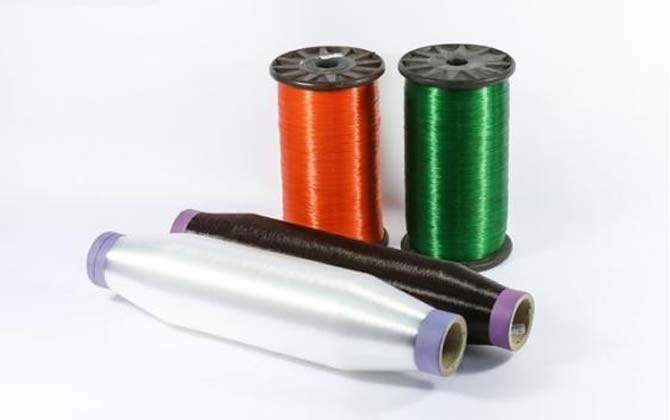

In everyday life, textiles are usually associated with clothing, blankets and the like. But textiles can also be found in civil engineering: Made from highly resistant synthetic fibers, they are used to reinforce embankments so that they can be planted with vegetation. They stabilize water protection dams and enable thinner asphalt layers in road construction.
However, it is not always desirable for the textiles to last an extremely long time. For some applications, it would be advantageous if the fabrics in the soil degraded over time. Natural fibers, however, decompose too quickly. The German Institutes of Textile and Fiber Research Denkendorf (DITF) are therefore developing a bio-based coating for natural fibers that will give civil engineering textiles the right durability.
The coating is based on lignin, a natural substance which, together with cellulose, forms the main component of wood. Large quantities of lignin are produced as waste in paper manufacturing. Unlike the synthetic fibers previously used in geotextiles, lignin is biodegradable. However, the process is very slow. As a protective coating, lignin could therefore enable geotextiles to decompose over time without releasing microplastics into the environment. The life expectancy can be adjusted by how thickly the textile fibers are coated. In field trials, it was possible to produce bio-based geotextiles that remained intact for at least 160 days.
However, this required a little trick: lignin is a brittle material. To enable it to act as a coating, the researchers mixed kraft lignin with softer biomaterials. Using special coating systems, the experts applied the biopolymer mix to yarns and textile surfaces. In climate chambers and outdoor tests, the researchers analyzed how the thickness of the coating influenced the respective durability.
However, further research is required before lignin can be established as a standard material for industrial processes in the textile industry. It is already becoming apparent, however, that this approach promises geotextiles that are climate and environmentally friendly because they avoid both CO2 emissions from fossil raw materials and microplastic inputs into nature.
The Ministry of Food, Rural Areas and Consumer Protection of Baden-Württemberg funded the research work.
We Value Your Privacy.
Our website uses cookies to improve your experience. By clicking "Accept All Cookies", you agree to the storing of cookies on your device to enhance site navigation, analyze site usage, and assist in our marketing efforts.
 English
English 日本語
日本語 한국어
한국어 français
français Deutsch
Deutsch Español
Español italiano
italiano русский
русский português
português العربية
العربية tiếng việt
tiếng việt





